

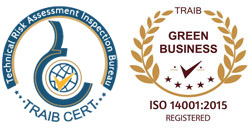
In the past decades, rapid technological advancements and innovations have imposed a complete change in the atmosphere focusing on the betterment of where we live in. Such advancements, on the flip side, has greatly depleted the environment leading to health related issues, climate change, ozone depletion, changes in ecosystems, loss of fauna and flora, depletion of biodiversity and land degradation. However, many awareness drives are taken worldwide to raise initiatives on environmental issues and demonstrate support for environmental protection to bring down its severity and occurrence rate.
Nowadays, production/processing/service providers are under constraint to make supply chains more environmentally friendly due to the growing global demand of the environmental impact of consumer lifestyles.Various tools and techniques have been used to tackle environmental degradation, but one of the most successful approaches has been through the use of ISO 14001, the Environmental Management System (EMS).
It is a voluntary standard that assists organizations to establish, implement, maintain and improve their Environmental Management System through a framework that helps a company achieve its environmental goals through consistent control of its operations. The EMS thus helps an organization to address its regulatory demands in a systematic, cost-effective proactive approach that address non-regulated issues, such as energy conservation, and can promote stronger operational control and employee stewardship.
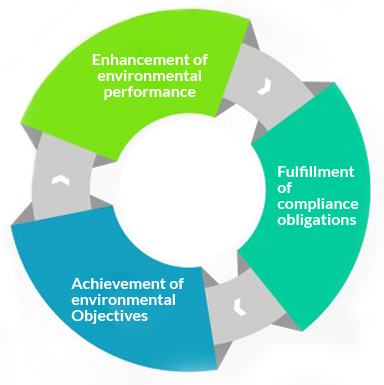
We foresee the environmental life-cycle perspective and supply chain issues embedded in ISO 14001 becoming stronger in the future.”ISO 14001:2015 sets out the requirements for an environmental management system. Newly revised to ensure market relevance, it is one of the world’s most widely used standards and a key business tool. The key enhancements include:
Future environmental performance and meet your stakeholders’ needs. It enables an organization to achieve the intended outcomes of its environmental management system, which provide value for the environment, the organization itself and interested parties. This standard is intended for use by an organization seeking to manage its environmental responsibilities in a systematic manner that contributes to the environmental pillar of sustainability.The systems promote continual improvement, which will provide your business with the competitive edge to compete in the market place and for those who have succeeded, to become more successful and resilience
ISO 14001:2015 is applicable to any organization, regardless of size, type and nature whowish to set up, improve, or maintain an environmental management system with its established environmental policy and requirements.This includes:
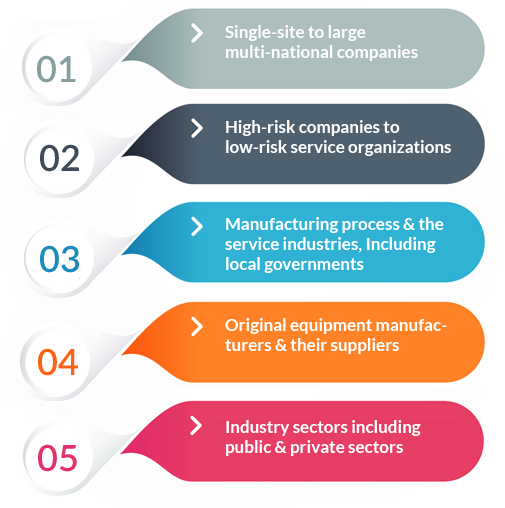
Several factors including the organization’s industry, environmental policy, products and service offerings, and locationapplies to the environmental aspects of its activities, products and services that the organization determines that it can either control or influence considering a life cycle perspective.Certification to ISO 14001 will provide assurance that an organization’s environmental management system is operating efficiently and effectively.
Specifically ISO 14001 certification will provide assurance to management that there is a systematic way of identifying and controlling the company’s impact on the environment. It enables the organization to demonstrate compliance with current legislation and regulations thereby, enhancing business reputation and support company's claims about its environmental credentials. This results in improved efficiency and productivity reassuring customers and stakeholders of your company’s environmental responsibility
The motivation behind this standard is to help numerous types of associations to successfully distinguish and deal with its natural effect, enhance its operational efficiencies, easier sets back the finances and decrease ecological obligation dangers. Some of the major benefits are,
Above all, complying to standards provide you with the accolades for competitive edge.
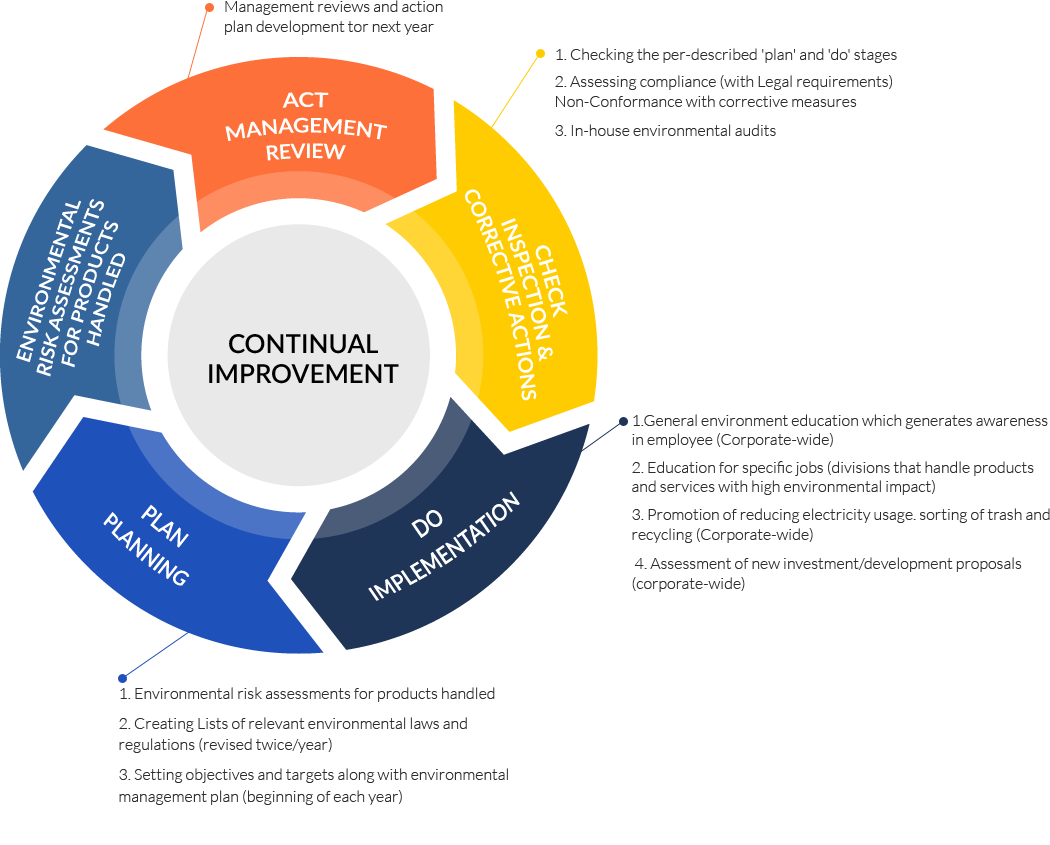
The essential elements for ISO 14001 environmental management systems certification, are that it must commit to continual improvement and to comply with applicable regulations and legislation, the elements which will drive your organization to continually develop your environmental performance and achieve greater recognition in the marketplace in which you operate.
To support such a task, the ISO 14001 management system is based highlighted by the ‘Plan Do Check Act’ cycle in common with other management system standards thus enabling seamless integration with ISO 9001 (Quality), OHSAS 18001 (Health & Safety) and other management systems based standards.
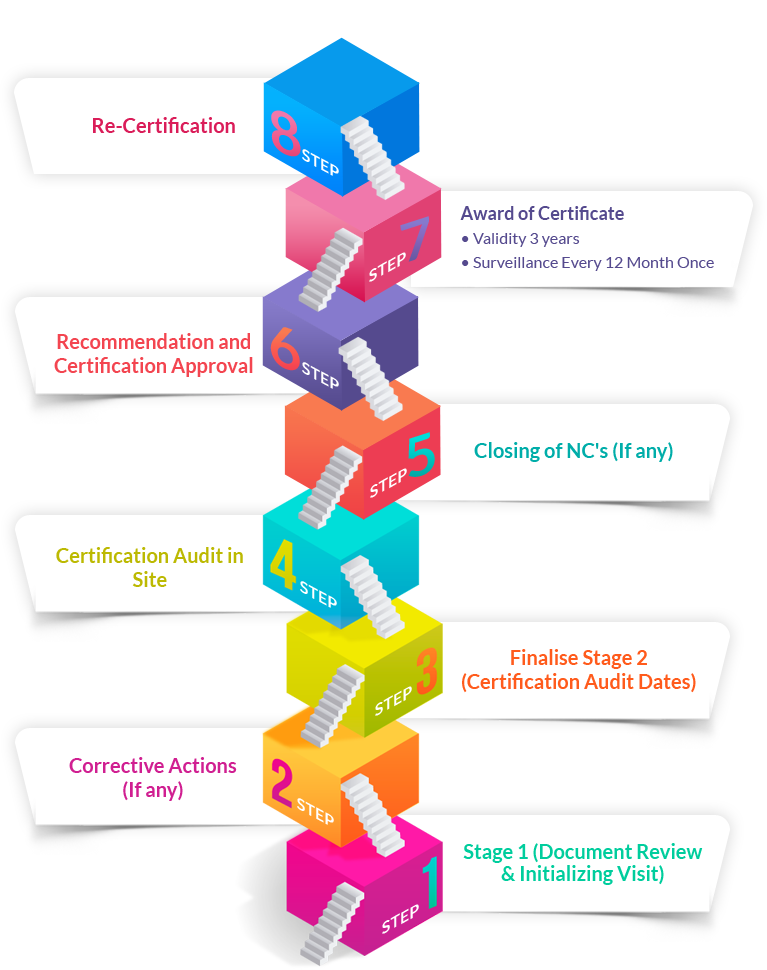
Whatever your line of business be, at TRAIBCERT are accredited to issue certificates to the ISO 14001 standard throughout all sector sharing the capability and knowledge in providing an effective service.Our unique methodology, in-depth understanding and the technical expertise of our assessors enables us to deliver tangible benefits to our clients through a structured project management approach and helps organizations manage their systems and risks to improve and protect their current and future performance.
This ensures that ISO 14001 certification is conducted with the highest degree of professionalism and conformance to international guidelines and standards allowing your company to lean on our experience and know-how.TRAIBCERT is audited annually by our accreditation bodies to ensure its services meet the exact requirements of the relevant accreditation standards.
You can transfer the certificate at any stage to us during surveillance/ recertification.
To transfer any certificate IAF has laid down New rules –
So what I need to DO.